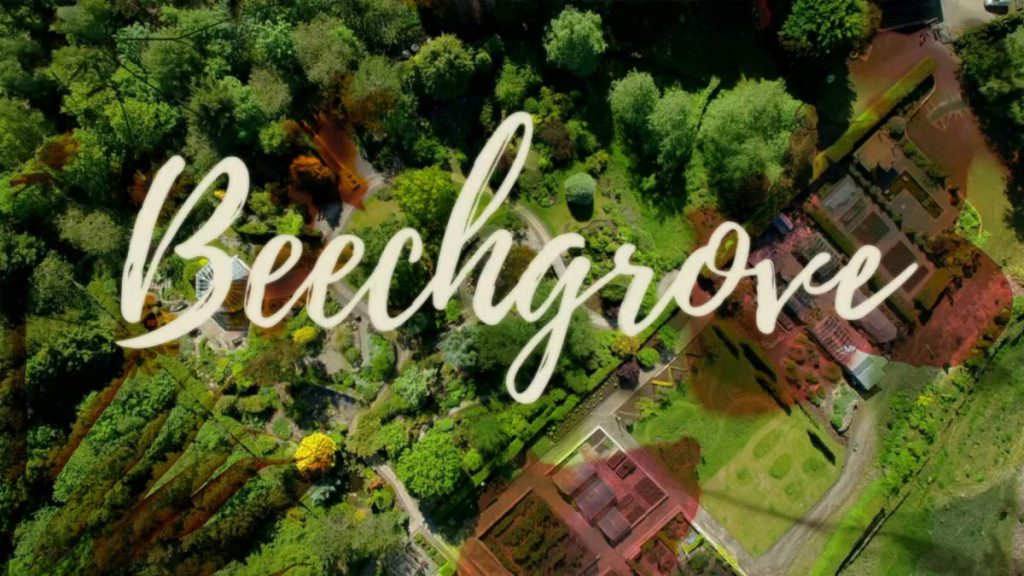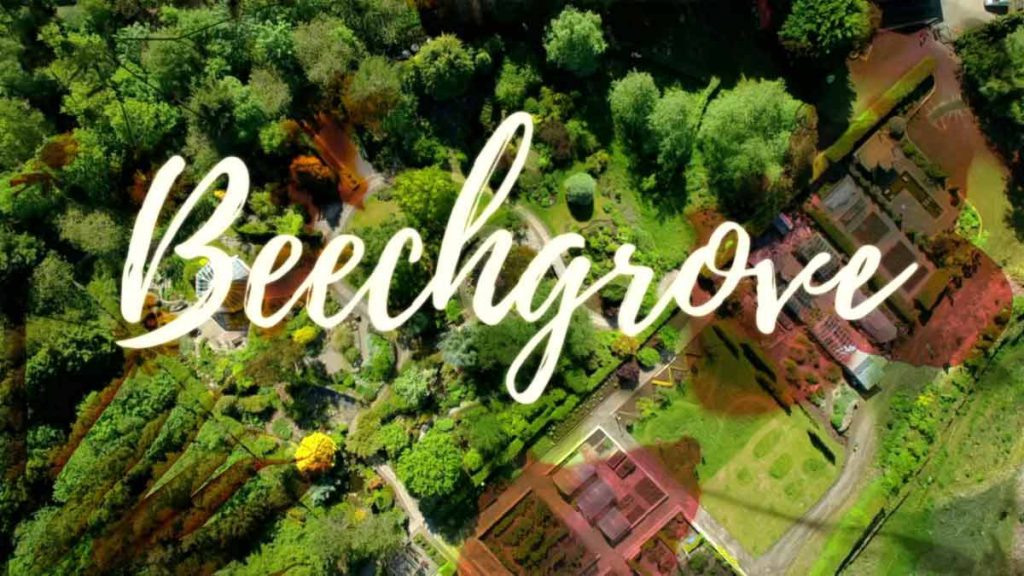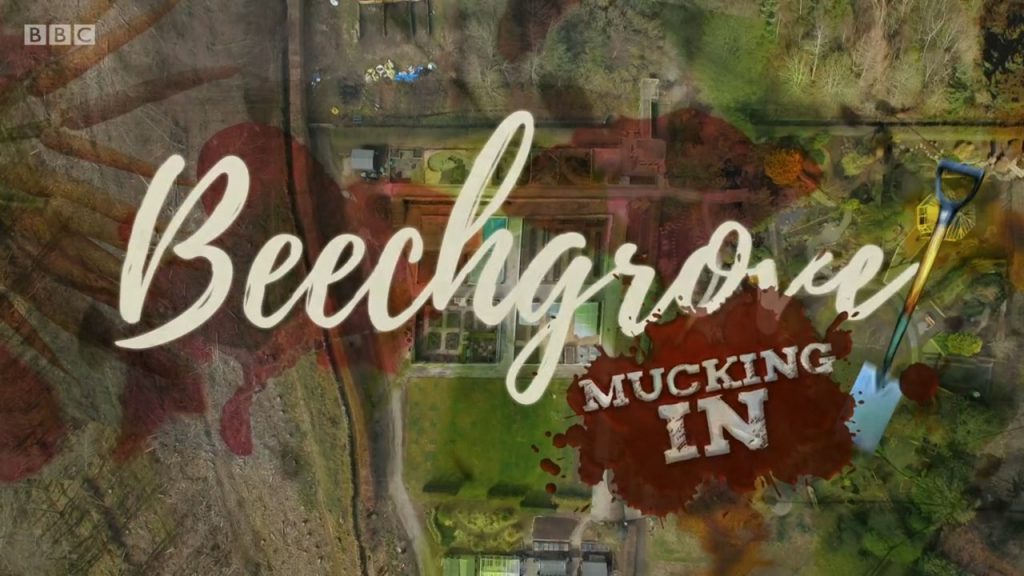The Beechgrove Garden 2022 episode 14: Calum and Carole are in the Bargain Border looking at how the area has been developed and planted on a low budget. We visit this year’s crop of Beechgrowers, and there is an update on Beechgrove’s tomato plants. And Calum takes on the next stage of landscaping in his own garden.
Celebrating the great Scottish garden. Tips and advice to get the most out of your garden, with inspirational ideas from Scotland’s most beautiful green spaces. The Beechgrove Garden has been on air since 1978 and remains a firm favourite with audiences in Scotland. It consistently outperforms what is being screened by BBC Network in the same slot. At the heart of the series is a 2.5 acre home garden, situated on a cold, inhospitable slope west of Aberdeen, deliberately chosen to reflect Scotland’s harsher climate.
Horticultural advice in gardening magazines and on UK network gardening programmes is rarely suitable for most of the UK outside the South East of England. Beechgrove shares with its viewers the weekly challenge to work with the Scottish conditions to produce maximum yield of as many varieties as possible of fruit, flowers and vegetables.
The Beechgrove Garden 2022 episode 14
Tomatoes – Growing your own
Growing your own tomatoes is simple and just a couple of plants will reward you with plenty of delicious tomatoes through the summer. They’re ideal for growing in containers, either outdoors in a sunny spot or in a greenhouse, and there’s a whole array to try, from tiny sweet cherry tomatoes to full-flavoured giant beefsteaks.
Tomatoes generally have two ways of growing:
Cordon (or indeterminate) tomatoes grow tall, up to 1.8m (6ft), and require tall supports. They are great for growing in a greenhouse, but will also do well in a sunny spot outdoors, either in the ground or in large pots against a south-facing wall. They are useful when space is limited, as plants grow vertically, tall and narrow, and produce a heavy crop. They require regular maintenance – watering, feeding, tying to supports and pinching out side-shoots.
Bush (or determinate) tomatoes are shorter and wider, great for smaller gardens, pots and growing bags. Smaller types can also be grown in hanging baskets, with the stems trailing over the sides. These are the easiest type to grow and need little maintenance apart from watering and feeding. The stems don’t usually need support, except if heavily laden with fruit.
Check seed packets or plant labels before buying, to ensure you get the right type to suit your needs. There are also lots of varieties to choose from, offering fruits of various sizes, shapes, flavours and textures. Fruit colours range from traditional red to dark purple, pink, orange, yellow or green, and even striped. There are heirloom varieties, grown for many generations, as well as modern, blight-resistant choices. There are miniature round fruits, elongated plum varieties, smooth uniform salad tomatoes and huge, wrinkled, mis-shapen beefsteaks, all full of flavour and with their own individual characters.
For varieties that will reliably produce good crops, look for those with an RHS Award of Garden Merit (AGM), which means they performed well in RHS growing trials. There are currently more than 40 AGM tomatoes to choose from – for a selection, see Recommended varieties, below.




